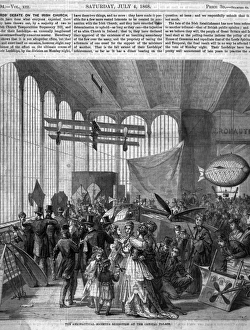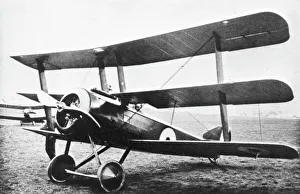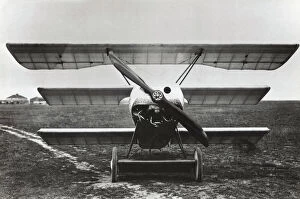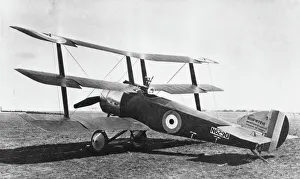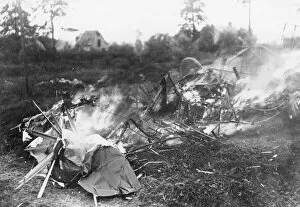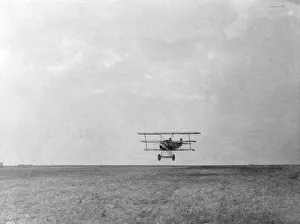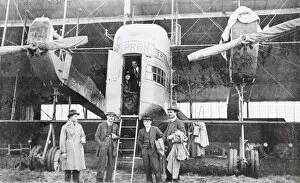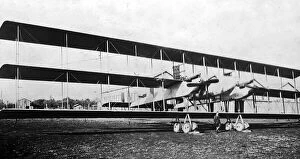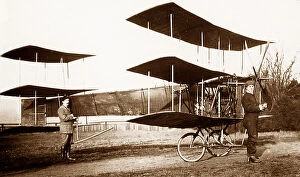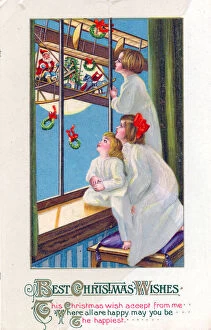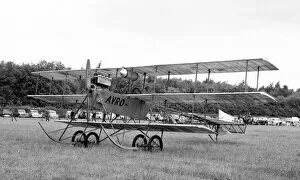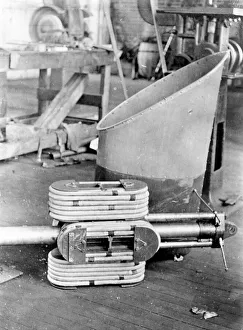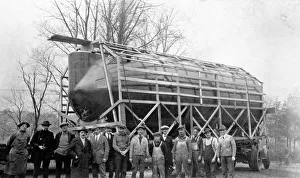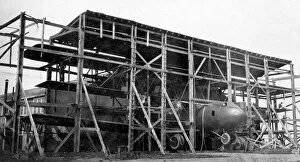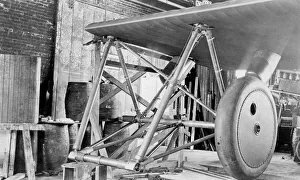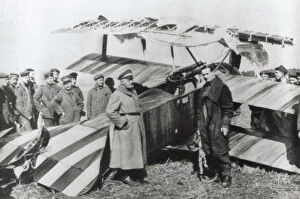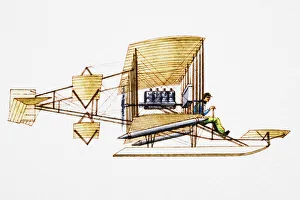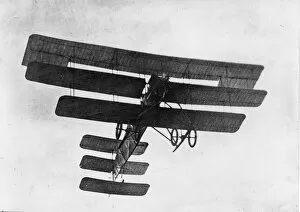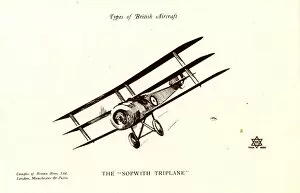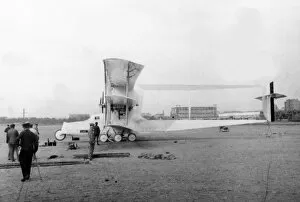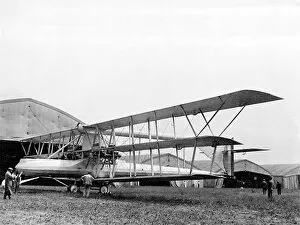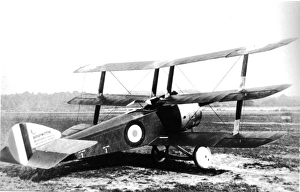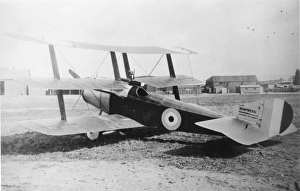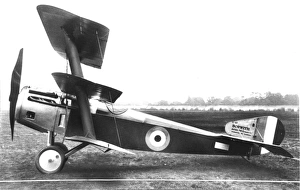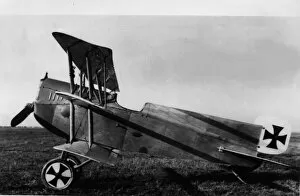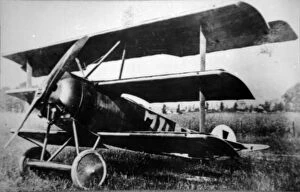Triplane Collection
The triplane, a marvel of aviation history, made its debut at the 1st Aeronautical Exhibition held in Crystal Palace in 1868
All Professionally Made to Order for Quick Shipping
The triplane, a marvel of aviation history, made its debut at the 1st Aeronautical Exhibition held in Crystal Palace in 1868. Little did anyone know that this unique aircraft design would leave an indelible mark on the world of flight. During World War I, the standard production Sopwith triplane took to the skies, showcasing its exceptional maneuverability and agility. Its three wings became synonymous with British air superiority. One cannot mention triplanes without acknowledging the iconic Fokker Dr I. With its distinctive red color and Pfalz D III in the background, this German masterpiece struck fear into enemy pilots' hearts during WWI. Continuing Fokker's legacy was the DR-1 V-3 Triplane - a true engineering marvel that pushed boundaries and set new standards for aerial combat. The sleek lines and unmatched performance made it a force to be reckoned with on the battlefield. Baron Manfred von Richthofen himself favored the Fokker DR-1 Triplane, earning him his infamous title as "The Red Baron. " This legendary pilot soared through the skies with unparalleled skill and precision. Not limited to Europe alone, Italy also contributed to triplane innovation with their Caproni models. The Caproni triplanes showcased Italian craftsmanship and ingenuity during early 1900s exhibitions, leaving spectators awestruck by their beauty and functionality. However, not all tales involving triplanes were filled with triumph. Tragedy struck when a British Sopwith triplane crashed during battle at Passchendaele in WWI. It serves as a reminder of both bravery and sacrifice exhibited by those who dared take flight amidst war-torn skies. Though time has passed since these historic moments unfolded before our eyes, we can still appreciate these magnificent flying machines today.

